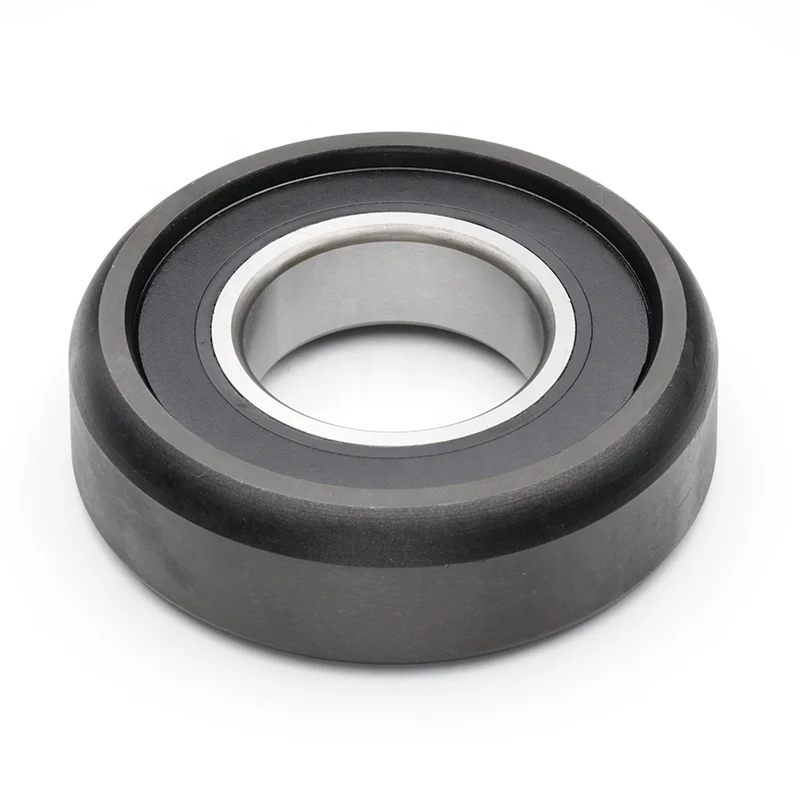Table of Contents
Categories
-
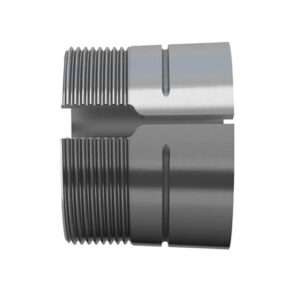
Adapter Sleeves (9)
-
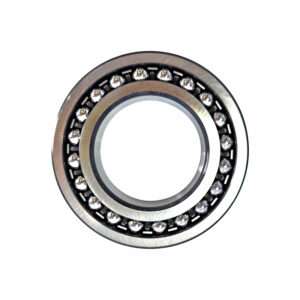
Ball Bearings (11)
-

Ball Screw Bearings (2)
-
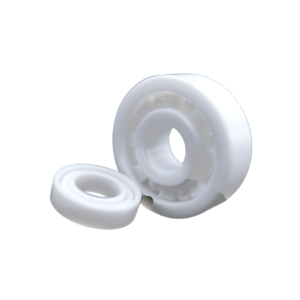
Ceramic Bearings (27)
-
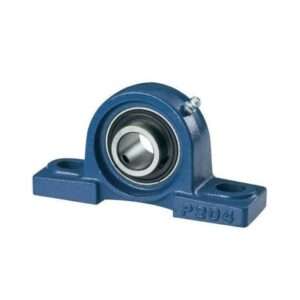
Pillow Block Bearings (4)
-
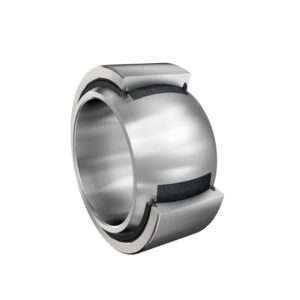
Plain Bearings (32)
-

Roller Bearings (12)
-
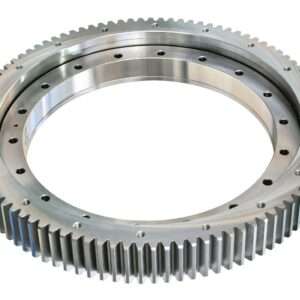
Slewing Bearings (43)
-
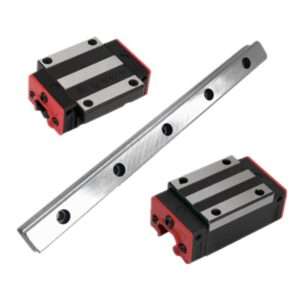
Sliding Block (3)
-
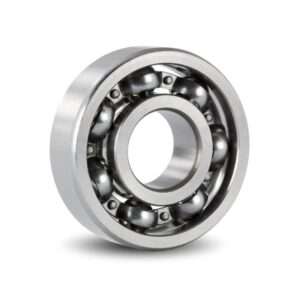
Stainless Steel Bearings (27)
-
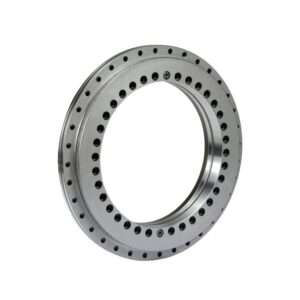
Super Precision Bearings (6)
-
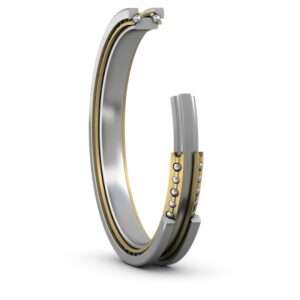
Thin Section Bearings (9)
-
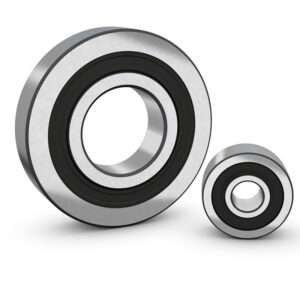
Track Rollers (4)
-
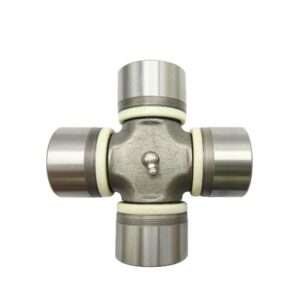
Universal Joints (1)
Custom Drive Bearing Solutions: Tailoring Designs for Unique Applications

Introduction
Definition of drive bearings
Drive bearings are essential components in various mechanical systems, facilitating rotational movement by reducing friction between moving parts. These bearings come in diverse configurations, including ball bearings, roller bearings, and plain bearings, each suited to specific applications based on load requirements, speed, and environmental conditions. At their core, drive bearings consist of an inner and outer race, with rolling elements or a sliding surface between them. Their primary function is to support shafts or axles while allowing smooth rotation, enabling the efficient transfer of power within machinery.
Importance of custom solutions
Custom solutions are crucial in drive bearing applications due to the diverse and often unique requirements of specialized machinery and environments. Off-the-shelf bearings may not adequately meet the specific performance criteria, such as high-speed operation, heavy loads, or extreme temperatures, necessitating tailored designs. Custom solutions allow engineers to optimize bearing materials, geometries, and lubrication methods to precisely match the demands of the application, enhancing efficiency, reliability, and longevity. By addressing the specific challenges of each scenario, custom drive bearing solutions ensure optimal performance, minimize downtime, and ultimately contribute to the overall success and productivity of the equipment or system they serve.
Understanding Application Requirements
Identifying performance criteria
Understanding application requirements is paramount in developing custom drive bearing solutions, beginning with the identification of key performance criteria. This entails a thorough assessment of factors such as speed requirements, load capacities, and environmental conditions. Speed considerations involve determining the maximum and minimum rotational speeds the bearing will encounter during operation, ensuring compatibility with the machinery’s intended function. Load capacities dictate the bearing’s ability to support axial and radial loads without premature failure or deformation. Additionally, assessing environmental conditions such as temperature variations, vibrations, and the need for specialized lubrication helps engineers tailor the bearing design to withstand the specific challenges of its operating environment.
Analyzing operational parameters
Analyzing operational parameters is a critical step in the development of custom drive bearing solutions, requiring a comprehensive examination of various factors that impact performance. This involves assessing temperature variations to determine the bearing’s thermal tolerance and its ability to operate effectively in fluctuating environments. Vibrations and shocks must also be evaluated to ensure the bearing can withstand mechanical stresses without compromising functionality or longevity. Additionally, understanding the lubrication needs of the application is essential for maintaining optimal performance and minimizing wear. By carefully analyzing these operational parameters, engineers can design bearings that are precisely tailored to meet the demands of the specific application, ensuring reliable and efficient operation over time.
Engineering Principles for Custom Bearings
Material selection
Material selection is a pivotal aspect of engineering custom drive bearings, as it profoundly influences performance, durability, and reliability. Engineers meticulously evaluate various factors when determining the ideal materials for bearing construction. Bearing steel alloys are frequently utilized due to their exceptional strength, wear resistance, and fatigue properties, making them well-suited for diverse applications. Conversely, ceramic bearings offer advantages like heightened temperature tolerance, corrosion resistance, and reduced friction, particularly beneficial in demanding environments. Polymer-based materials provide lightweight and corrosion-resistant alternatives, often favored for applications requiring minimal maintenance and low friction. By carefully selecting materials tailored to the specific requirements of each application, engineers can optimize bearing performance and longevity, ensuring dependable operation even under the most challenging conditions.
Bearing geometry
Bearing geometry plays a crucial role in the design of custom drive bearings, influencing factors such as load distribution, friction, and rotational stability. Engineers meticulously consider various aspects of bearing geometry to ensure optimal performance and longevity. This includes determining the appropriate radial and axial load capacities to withstand the forces encountered during operation. Cage design is another critical consideration, particularly in high-speed applications, where it helps maintain the spacing and alignment of rolling elements, minimizing friction and wear. Additionally, engineers must carefully adjust clearance and preload to optimize performance and prevent premature failure. By meticulously designing the bearing geometry to suit the specific requirements of the application, engineers can achieve efficient power transmission, reduced wear, and prolonged service life.
Designing for High-Speed Machinery
Bearing precision requirements
Designing custom drive bearings for high-speed machinery necessitates stringent precision requirements to ensure optimal performance and reliability. Engineers must meticulously control tolerances to minimize variations in bearing dimensions, ensuring smooth operation and reducing the risk of vibration-induced damage at elevated speeds. Balancing factors such as concentricity and roundness become critical to maintain the stability and alignment of rotating components, mitigating the risk of resonance and excessive wear. Additionally, precise machining techniques and quality control measures are employed to achieve the necessary surface finish and dimensional accuracy essential for high-speed applications. By prioritizing precision in design and manufacturing processes, engineers can develop custom drive bearings capable of withstanding the rigorous demands of high-speed machinery while delivering consistent performance and longevity.

Lubrication strategies
In designing custom drive bearings for high-speed machinery, implementing effective lubrication strategies is paramount to ensure optimal performance and longevity. Lubrication serves to reduce friction and wear between bearing components, particularly crucial at elevated speeds where heat generation and mechanical stresses are heightened. Engineers must carefully select the appropriate lubricant type, considering factors such as viscosity, temperature range, and compatibility with bearing materials. In high-speed applications, where lubricant film thickness becomes critical, oil lubrication is often preferred for its ability to maintain a thin film under dynamic conditions. Additionally, cooling mechanisms may be incorporated to dissipate heat generated by friction and prevent lubricant breakdown. By employing tailored lubrication strategies, engineers can minimize frictional losses, reduce wear, and maintain the operational integrity of custom drive bearings in high-speed machinery applications.
Meeting Demands of Heavy-Duty Equipment
Load-bearing capabilities
Meeting the demands of heavy-duty equipment requires careful consideration of load-bearing capabilities to ensure optimal performance and reliability under extreme conditions. Engineers must assess both dynamic and static load ratings to determine the bearing’s capacity to support axial and radial loads encountered during operation. Dynamic load ratings indicate the maximum load a bearing can withstand while rotating at a specific speed without premature fatigue failure, crucial for heavy-duty equipment subjected to varying loads and operating conditions. Static load ratings, on the other hand, represent the maximum load a bearing can support while stationary, essential for applications where equipment may experience prolonged periods of high load. By accurately evaluating and designing bearings with robust load-bearing capabilities, engineers can ensure the durability and longevity of heavy-duty equipment, minimizing the risk of premature failure and downtime.
Impact resistance
In meeting the demands of heavy-duty equipment, ensuring sufficient impact resistance is essential to withstand the rugged operating environments and potential mechanical shocks encountered during operation. Engineers must carefully select materials and design features that can absorb and distribute impact forces effectively to prevent deformation, cracking, or failure of the bearing components. This involves choosing materials with high toughness and ductility properties, capable of withstanding sudden impacts without permanent damage. Additionally, incorporating shock-absorbing designs, such as resilient cages or specialized mounting configurations, can further enhance the bearing’s ability to withstand sudden loads and mechanical shocks. By prioritizing impact resistance in the design and material selection process, engineers can optimize the durability and reliability of bearings for heavy-duty equipment, ensuring uninterrupted operation and minimizing the risk of costly downtime.
Addressing Challenges in Extreme Environments
Temperature extremes
Addressing challenges in extreme environments, particularly temperature extremes, is essential in designing custom drive bearings that can withstand harsh operating conditions. Engineers must consider the temperature range the bearings will encounter, whether it’s extreme heat or cold, and select materials and design features accordingly. For high-temperature environments, bearing materials with excellent heat resistance, such as specialized alloys or ceramics, are often chosen to prevent deformation or deterioration of components. Thermal insulation techniques may also be employed to minimize heat transfer to adjacent machinery components. Conversely, in cold environments, materials with low-temperature brittleness and enhanced lubrication properties are necessary to maintain bearing functionality and prevent failure due to freezing or stiffness. By addressing temperature extremes through careful material selection and design considerations, engineers can ensure the reliability and longevity of custom drive bearings in challenging operating environments.
Corrosive environments
Addressing challenges in extreme environments, particularly corrosive conditions, is paramount in designing custom drive bearings capable of withstanding harsh operating environments. Engineers must carefully select materials and coatings that offer superior corrosion resistance to prevent degradation and premature failure of bearing components. Stainless steel alloys are commonly chosen for their exceptional resistance to corrosion, making them well-suited for applications exposed to acidic or saltwater environments. Additionally, corrosion-resistant coatings, such as zinc plating or ceramic coatings, can provide an extra layer of protection against chemical exposure and oxidation. By implementing robust corrosion protection measures, engineers can ensure the longevity and reliability of custom drive bearings in corrosive environments, minimizing maintenance requirements and reducing the risk of costly downtime.
Collaborative Approach: Client-Engineer Partnership
Needs assessment and consultation
The collaborative approach between clients and engineers begins with a thorough needs assessment and consultation process, where both parties work closely to understand the specific requirements and challenges of the project. This involves open communication channels to gather essential information about the application’s performance criteria, environmental conditions, and operational constraints. Engineers leverage their expertise to provide insights into potential solutions and innovative approaches tailored to meet the client’s objectives. Additionally, engineers conduct a detailed analysis of the client’s existing systems and infrastructure to identify areas for improvement and optimization. By fostering a collaborative partnership built on mutual trust and understanding, clients and engineers can work together to develop customized solutions that address the unique needs of the project while maximizing performance, efficiency, and reliability.
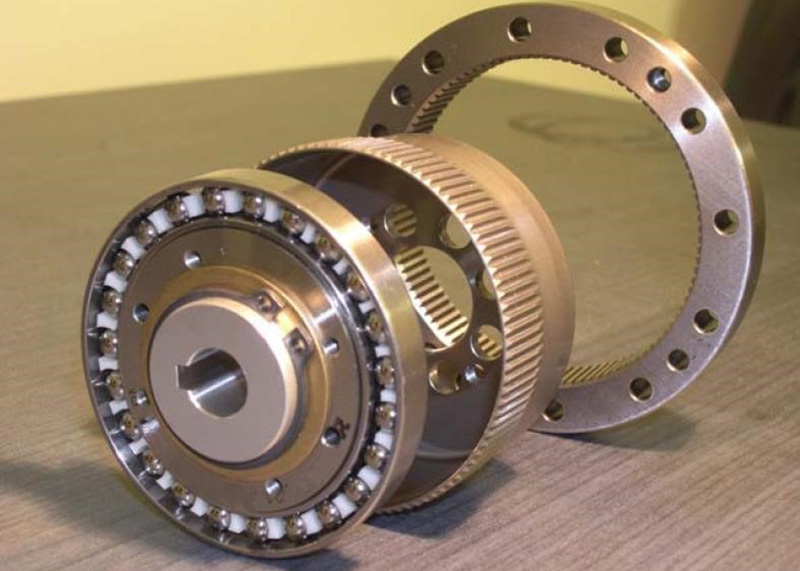
Prototyping and testing
In the collaborative approach between clients and engineers, prototyping and testing are integral stages where ideas are transformed into tangible solutions. This phase involves the development of prototypes based on the agreed-upon design concepts and specifications, allowing clients to visualize and evaluate potential solutions firsthand. Engineers employ rapid prototyping techniques to quickly iterate and refine designs based on client feedback, ensuring alignment with project objectives and performance requirements. Comprehensive testing protocols are then implemented to validate the functionality, durability, and reliability of the prototypes under real-world conditions. By engaging in iterative prototyping and rigorous testing processes, clients and engineers can identify any potential issues early on, mitigate risks, and fine-tune the design to achieve optimal performance and client satisfaction.
Utilizing Advanced Manufacturing Techniques
Utilizing advanced manufacturing techniques is paramount in the production of custom drive bearings, enabling precise fabrication and the realization of complex geometries. CNC machining offers exceptional precision and repeatability, allowing engineers to achieve tight tolerances and intricate features with accuracy. This method ensures consistent quality across large production runs while facilitating rapid turnaround times. Conversely, additive manufacturing, such as 3D printing, enables the creation of intricate geometries and customized designs that are difficult or impossible to achieve with traditional machining methods. By harnessing these advanced manufacturing techniques, engineers can optimize the performance and functionality of custom drive bearings, meeting the unique requirements of diverse applications with efficiency and innovation.
Conclusion
In conclusion, custom drive bearings play a pivotal role in various mechanical systems, requiring tailored solutions to meet specific performance criteria and environmental challenges. Engineers must meticulously assess application requirements, employ precision engineering principles, and collaborate closely with clients to develop optimized solutions. By leveraging advanced manufacturing techniques and rigorous testing protocols, custom bearings can withstand high-speed operations, heavy loads, extreme temperatures, and corrosive environments with reliability and longevity. A collaborative partnership between clients and engineers ensures that bespoke solutions align with project objectives, ultimately enhancing efficiency, productivity, and the overall success of the equipment or system they serve.
References
- 1.”Hard Disc Drive Bearings|Form Analysis” from Taylor Hobson;
- 2. “Drive bearings (set of 2) for main shaft” from Terrasaw;
- 3. “Why Bearings Are So Important to Your Final Drive” from Final Drive Parts.
Related Posts
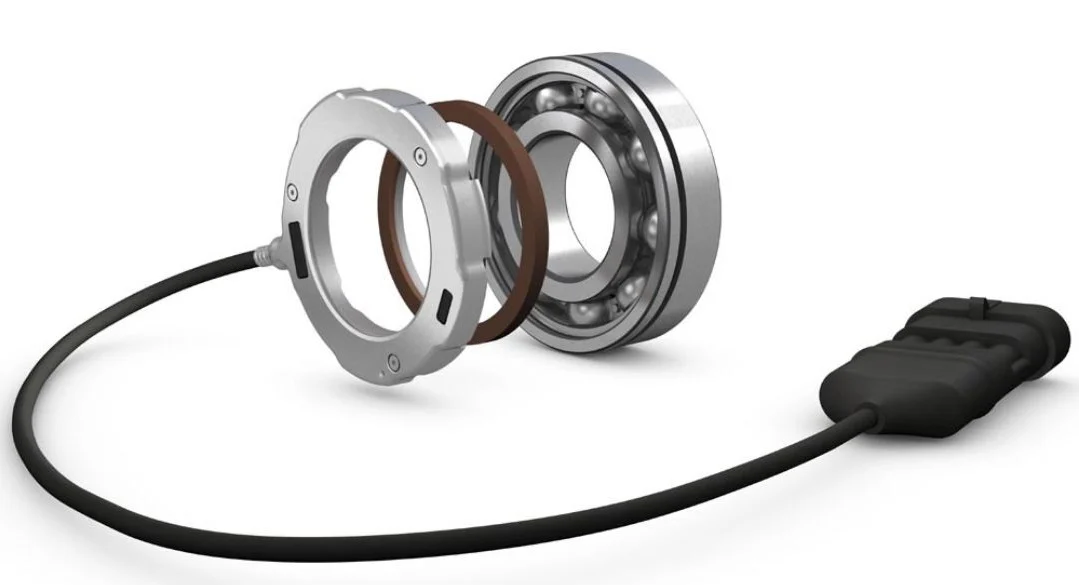
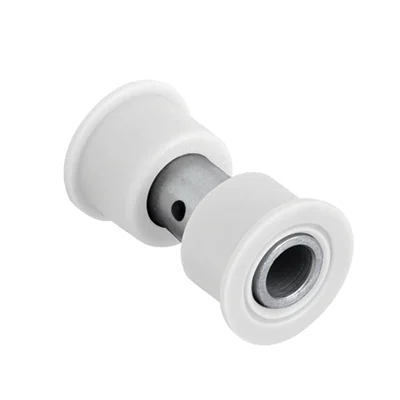
Delrin Bearings: Lubrication-Free Long Life

Locomotive Bearing Specs That Matter Most
